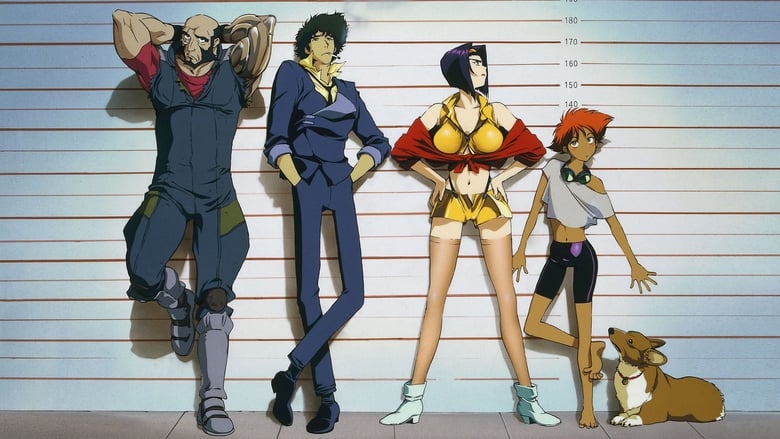
In the text, Spike Spiegel is defined by his disinterested swagger Faye Valentine by her howling-wolf malevolence. Picture the overzealous teacher-director encouraging his cast to really ponder the underlying themes, to add a twist to the classic. Cowboy Bebop is performing the anime like a theater class might perform Shakespeare’s Twelfth Night. Its opening scene, set in an old-school casino, has the charisma of an ’80s sex hotel. In Cowboy Bebop, the costumes look like costumes. Netflix’s performance suffers both from being too literal and too unhinged. A large and persuasive contingent of otaku would argue it’s simply not possible to adapt the artform, particularly sci-fi anime, to live-action without it feeling paraphrased. (See: Fullmetal Alchemist, Ghost in the Shell, Death Note). Live-action anime adaptations, generously put, have long failed to engineer the heart of their source anime. There’s no way around it the bar was stratospheric, lifted higher by the infinity of the animation medium. Everyone likes it, because it’s good and because it’s for everyone.Īnnounced in 2017, Netflix’s Cowboy Bebop was always going to be disappointing to fans of the original anime. And because it’s episodic and not very plot-driven, Cowboy Bebop evades the classic anime pitfall of gating affecting moments behind dozens of filler episodes. It’s got the characters of a noir film, Jackie Chan action sequences, music out of a New York jazz club, and the superstructure of a space opera. But at a time in prestige media when audience is certain, the “PORN” sign will always be beheld.Ĭowboy Bebop is held up as anime’s north star, an entirely unobjectionable “favorite” for dabblers and heads alike. What Cowboy Bebop is, down to its hammy cyberpunk signage and the nails of its cheap-looking sets, is a performance. In fact, it probably fails at being a lot of its easiest descriptors: an adaptation, a reimagining, a rendition. At one point, Faye Valentine specifically says the phrase “I’m not gonna carry that weight,” a throwback to the melancholic ending scene of the original series: “You’re gonna carry that weight.”Īs a translation project, though, Netflix’s Cowboy Bebop fails. Actors do their best to voice lines copy-and-pasted from the anime, but with added verve.

It re-creates the famous jazz-backed intro. If it didn’t nod to the frothing buildup of 23 years of fandom, the show would appear detached. Definitionally, as a live-action adaptation, it has to-a certain self-consciousness is necessary to translate a cult-classic anime into the third dimension. No official casting news has been broken in regards to who will portray Radical Edward in the live-action series.It’s trite to say Netflix’s Cowboy Bebop breaks the fourth wall. André Nemec, the showrunner of Netflix's adaptation, said that fans who are curious about whether Ed is in the show would be "very delighted" when they watch the upcoming season. Nowhere to be seen in casting news, the young hacker of the group, voiced by Melissa Fahn in the anime, provides most of the comic relief for the group and is no doubt the most innocent. There is still one important member of the Bebop crew missing, and that is Ed (full name Edward Wong Hau Pepelu Tivrusky IV).
#COWBOY BEBOP LIVE ACTION CAST SERIES#
In the anime, Vicious is voiced by Skip Skellrecht, and will be portrayed in the live-action series by Alex Hassell, a longtime stage actor who made his major film debut in George Clooney's 2017 black comedy Suburbicon. He and Spike are friends turned enemies, and whenever they share an episode it usually ends in a blood bath. He is merciless and power-hungry, willing to kill anyone and anything to get the power he wants. In these episodes, narrative threads are actually followed up and we get to see the rise of Vicious in the Red Dragon Syndicate. While most of Cowboy Bebop's 26 episodes are stand-alone, there are a few scattered far and in between that tell the larger story of Spike, Vicious, and Julia.

Vicious is the overarching antagonist of Cowboy Bebop.


 0 kommentar(er)
0 kommentar(er)
